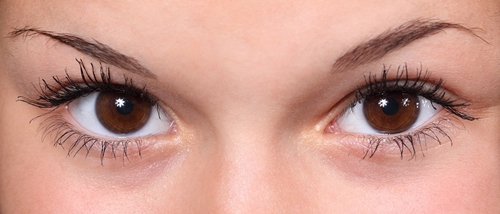25 June 2015. An early-stage clinical trial of a drug to treat eye disorders caused by diabetes shows the drug is well-tolerated and reduces swelling in the eye associated with the disease. Stealth BioTherapeutics, developer of the drug brand-named Ocuvia, reported the results today at a company symposium in New York City.
The study is testing Ocuvia among individuals with diabetic macular edema, a complication of diabetes causing blurred vision and vision loss leading to blindness. It occurs when diabetes damages blood vessels in the eye, a condition known as diabetic retinopathy, resulting in leakage of blood and fluid, as well as swelling. Centers for Disease Control and Prevention says diabetes is the leading cause of new cases of blindness among adults aged 20 to 74. Diabetic macular edema is treated today with laser surgery or drugs injected into the eyes.
Stealth BioTherapeutics, in Newton, Massachusetts, develops therapies for disorders related to malfunctioning mitochondria, the energy source in cells. When mitochondria do not function properly, cells have reduced energy and produce excess oxidation, putting increased stress and causing damage to cells and associated byproducts, including nucleic acids and proteins.
Mitochondrial disorders can be inherited or acquired; diabetic macular edema in this case is an acquired mitochondrial disease. The company says Ocuvia, taken as eye drops, acts by protecting against oxidative stress in the eyes caused by diabetes, as well as age-related macular degeneration, a common vision disorder associated with aging.
The clinical trial is testing Ocuvia with 21 people having diabetic macular edema or age-related macular degeneration in Boston; at the symposium, the company reported only on the 15 individuals in the trial with diabetic macular edema. Participants receive either a high dose (1% concentration) or low dose (0.3%) of Ocuvia twice a day in one eye, with the other eye left untreated for comparison, for 28 days.
The trial is looking primarily at the drug’s safety and tolerability, measured by indicators of eye functioning and health, as well as reports of adverse side effects and impact on vital signs. Stealth BioTherapeutics reports that Ocuvia met all of the safety and tolerability objectives in the trial, including “no significant decreases in visual acuity.”
The company also reports that participants have reduced swelling in the eyes receiving Ocuvia, measured by central subfield thickness of the macula — the light-sensitive tissue in the retina that converts light to nerve signals. The central subfield thickness in the treated eyes of participants decreased by 27 to 32 percent, depending on dosage, compared to the untreated eyes that showed no change.
In April, Stealth BioTherapeutics reported that the Food and Drug Administration cleared the company’s plans to expand its tests of Ocuvia to include an inherited form of diabetic eye disease known as Leber’s hereditary optic neuropathy. A clinical trial for this rare disorder is planned in Los Angeles in the second half of 2015.
Read more:
- Stem Cells Treat Vision Disorders in Animal Tests
- Trial Shows Multiple Sclerosis Drug Improves Optic Nerves
- Trial Testing App to Manage Diabetes, Foot Ulcers
- Biotech, Hospira to Partner on Biosimilar for Eye Disease
- Trial Testing Gene Therapy for Rare Eye Disorder
* * *


 RSS - Posts
RSS - Posts
You must be logged in to post a comment.